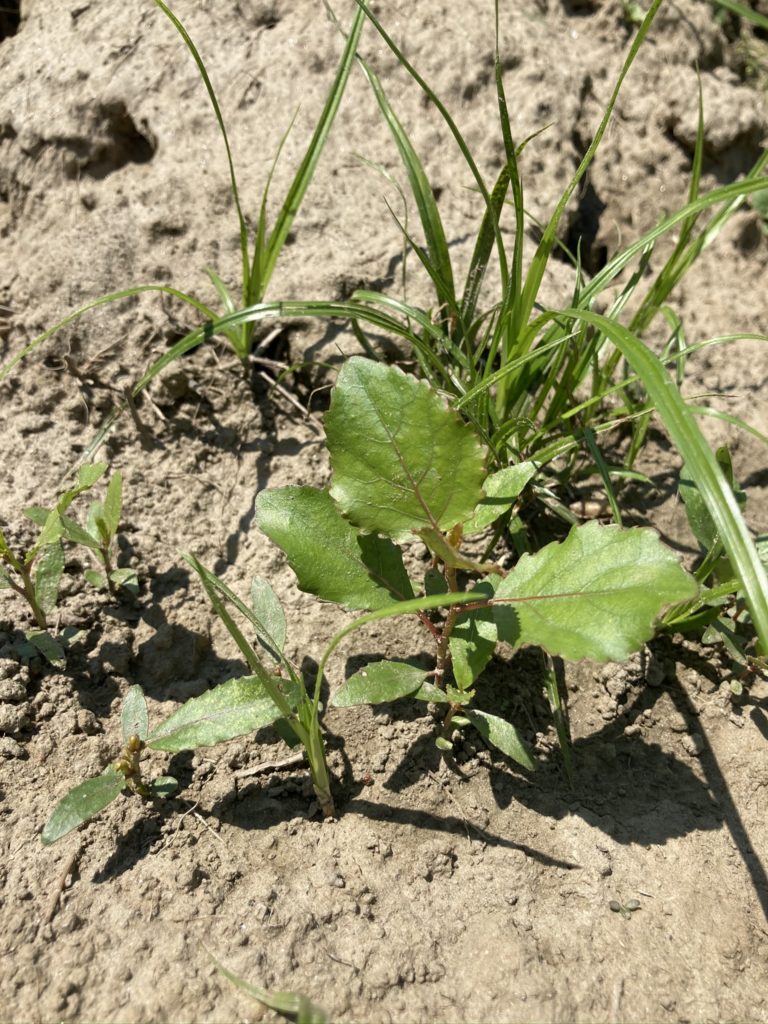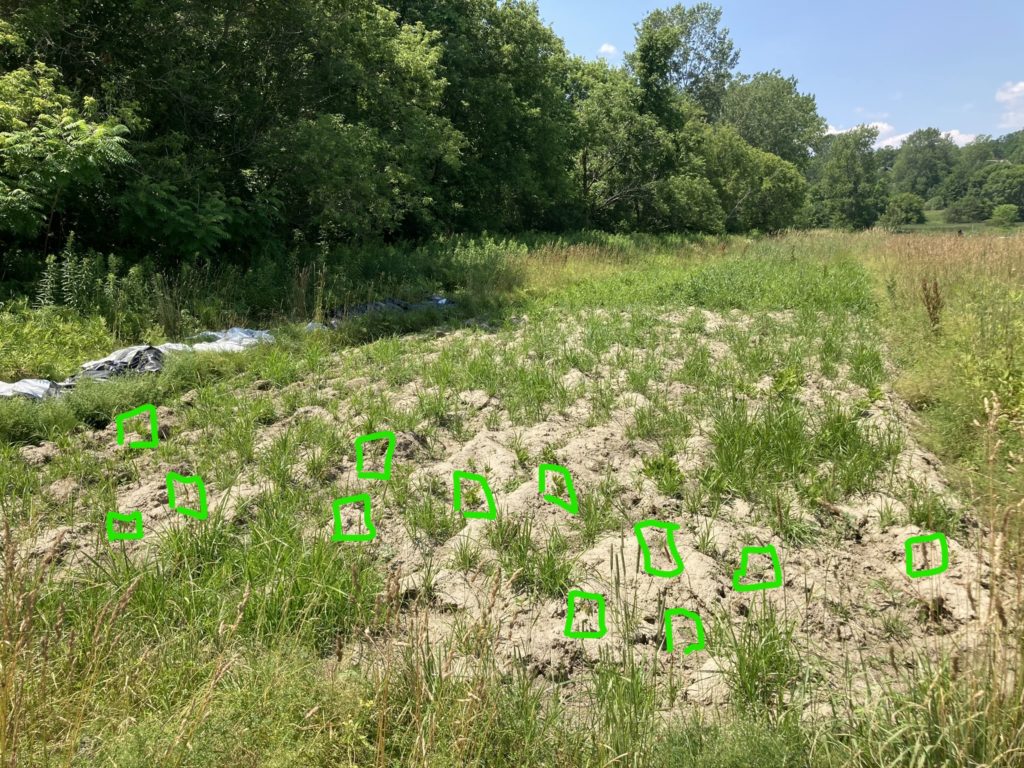Direct Seeding Project
For the last year, the USFWS Partners for Fish and Wildlife Program has been working with various partners in the Lower Winooski to trial a new approach to restore floodplain forest. Instead of transplanting trees and shrubs grown out in a nursery, this project aims to establish native woody species directly from seed on site. To do this, more involved site preparation is required to kill back competing vegetation, control weeds, and prepare a seed bed. Different farming techniques including plowing, tillage, and tarping are being employed in tandem with various seeding strategies.
Why this approach? While tree planting is a successful method at many sites, it is costly to plant at high densities and transplanted trees and shrubs face many challenges including transplant shock, competing vegetation, and rodent and deer browse. Establishing trees from seed would not only be a more cost-effective method, but would allow for more dense establishment and faster growth rates, both of which could help overwhelm other site pressures. What’s more, this method of restoration more closely replicates the natural succession common in dynamic floodplain environments.
Our work at McKenzie Park is an extension of similar work initiated last season at Ethan Allen Homestead. We’ve seen promising results this season with establishment of both silver maple and eastern cottonwood. We will be monitoring these sites to assess survival and growth rates into next season.




I am happy to contribute (i.e., donate) some seeds for this project. For example, I have a good number of Common Hazelnuts (Corylus americana) and Shagbark Hickory nuts (Carya ovata) I’d be willing to donate.